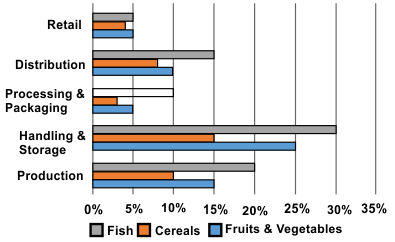Q.7 |
Consider the case study given below and answer the following question:
Title: Forests as Crucial Carbon Capture Systems
Forests play a critical role in mitigating climate change by capturing and storing carbon dioxide from the atmosphere. Trees absorb carbon dioxide through photosynthesis and use it to grow. The carbon is then stored in the tree's biomass (wood, leaves, branches, and roots) and soil. Forests also help to regulate the climate by releasing water vapour into the atmosphere, which can form clouds and reflect sunlight back into space.
Trees are the most significant carbon sink in forests, storing carbon in their biomass. The amount of carbon stored in a tree depends on its species, size, and age. Young forests capture carbon rapidly due to the quick growth of trees. Middle-aged forests store relatively greater amounts of carbon as trees grow slower but sequester more carbon. Old-growth forests contain large trees that retain carbon for extended periods, albeit at a slower rate due to fewer trees overall.
Forest soils contain diverse forms of carbon influenced by soil type, vegetation, and geography. Soil properties, such as high organic content or frozen conditions, significantly impact carbon storage potential.
The carbon captured by forests is eventually returned to the atmosphere through processes like decomposition and respiration. Different forest types exhibit varying rates of carbon capture and release. Tropical forests capture carbon rapidly but can release it quickly too. In contrast, temperate forests offer a balanced solution.
Effective management strategies, such as forest preservation, sustainable forestry practices, forest expansion, and invasive species control, are crucial in optimising carbon sequestration potential while maintaining ecosystem balance.
Imagine conducting an experiment measuring carbon sequestration rates in four different forest types over the span of a year. Based on your understanding of the case study, which forest type would you expect to demonstrate the highest rate of carbon capture per unit area within a year?
|

